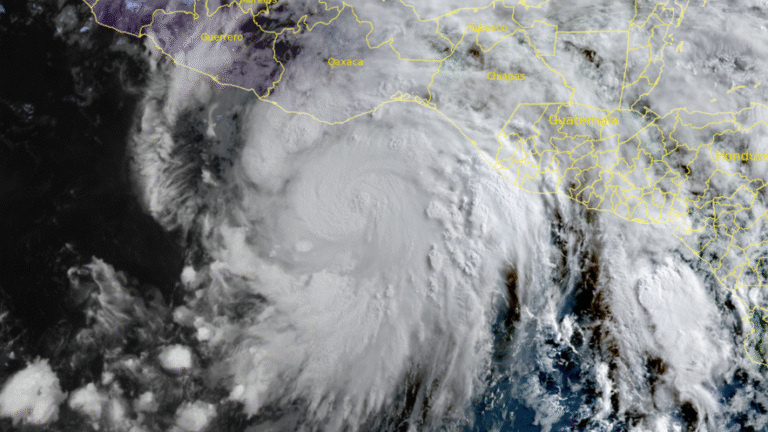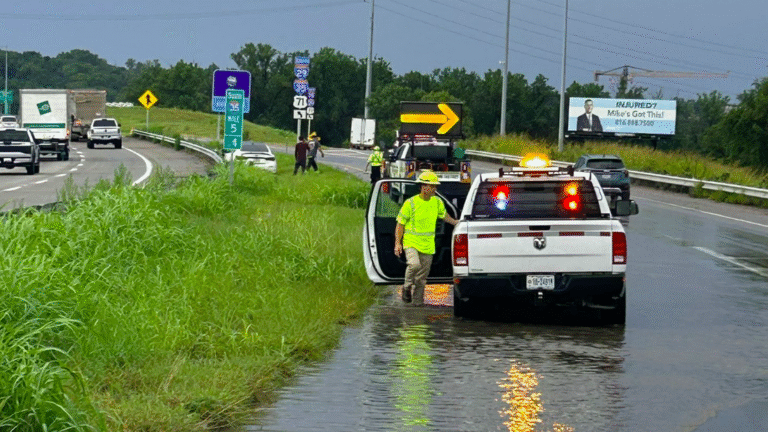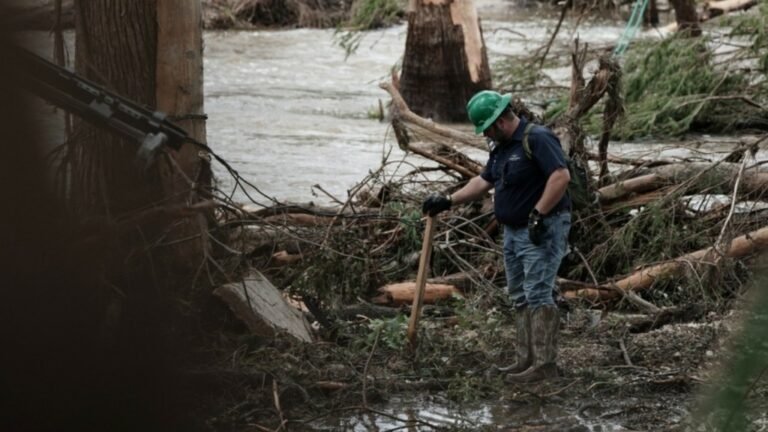California’s largest lake, the Salton Sea, is drying up, and it’s bringing a surge in hydrogen sulfide (H2S) emissions that are affecting the health of surrounding communities. A new study links the lake’s worsening water quality to the release of this toxic gas, deepening the environmental challenges of the region.
Situated in the Colorado Desert, the lake has turned hypersaline and hypereutrophic after decades of agricultural runoff and shrinking freshwater inflows. Its water levels have been dropping by about 0.2 m (7.87 inches) a year since 2003, concentrating pollutants and uncovering stretches of dry lakebed (playa) that release dust and noxious gases into the air.
Researchers analyzed long-term datasets from multiple monitoring programs, including the original water quality records from the Bureau of Reclamation and air quality data from the South Coast Air Quality Management District.
They found that H2S levels frequently exceed state standards, particularly during the summer months when water column stratification leads to anoxic conditions in the lake’s bottom layers. This environment allows sulfate-reducing bacteria to thrive, producing hydrogen sulfide that can be released to the atmosphere during mixing events.
Wind patterns have a major influence on where hydrogen sulfide travels. When the wind blows from the southeast, communities northwest of the Salton Sea are more likely to be exposed to higher levels of the gas.
One of the study’s key findings is the gap between where emissions occur and where they’re detected. Standard land-based monitors often miss spikes in hydrogen sulfide that are picked up by sensors placed over shallow water. In some cases, these water-based sensors recorded much higher levels than those on shore during the same time.
The study shows that current monitoring likely falls short of capturing the full scale of hydrogen sulfide exposure. In a two-month stretch in 2024, a community-run sensor logged more than 170 hours of readings above the safety limit, while the closest state-operated monitor registered only four.
This gap is largely due to where the sensors are placed and how the wind carries the gas, pointing to the need for a more thorough and better-located air monitoring system around the Salton Sea.
One of the more troubling findings is that the highest levels of hydrogen sulfide may not be coming from the deepest parts of the lake, as once thought. Instead, the gas appears to be coming from shallow nearshore areas and exposed mudflats, which are much closer to nearby communities. This challenges earlier assumptions about how the gas is released and raises serious concerns about the growing health threat as the lake continues to shrink.
Sulfate levels in the Salton Sea have been rising steadily, creating the right conditions for ongoing hydrogen sulfide production. But without consistent tracking of nutrients, sulfate, and gas emissions, it’s hard to get a clear picture of the scale of the problem.
The researchers note that many of the nearby communities are already dealing with poverty, as 23% of the residents are below the poverty line. That, compounded with the fact that they come from marginalized Latinx and Torres Martinez Desert Cahuilla Indian groups, makes this a clear example of environmental injustice.
The study stresses the need to quickly expand air quality monitoring around the Salton Sea, especially in areas that have been largely ignored. Out of the many communities along the shoreline, only three are currently monitored by state agencies. One of the brighter feats of the research that stems from a grim reality is that it shows how community-led science can reveal exposure risks that official monitoring often overlooks.
From: watchers.news





